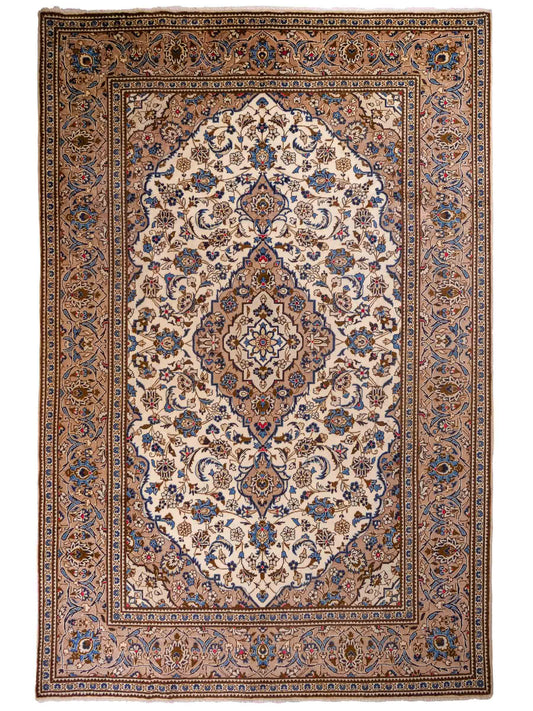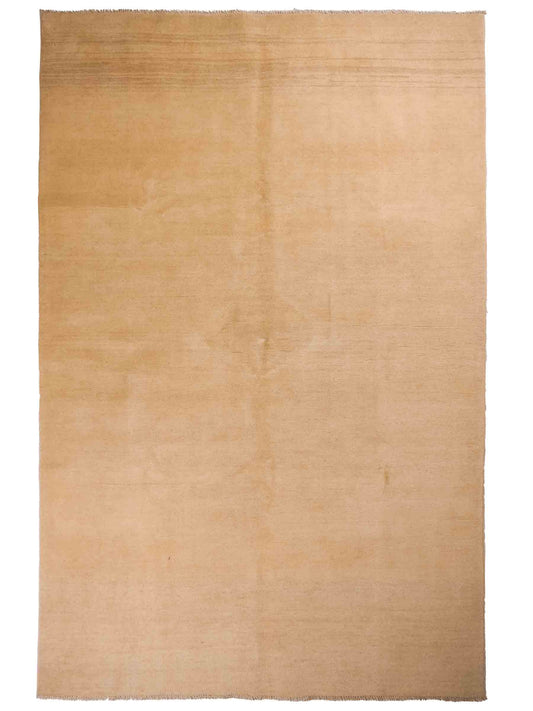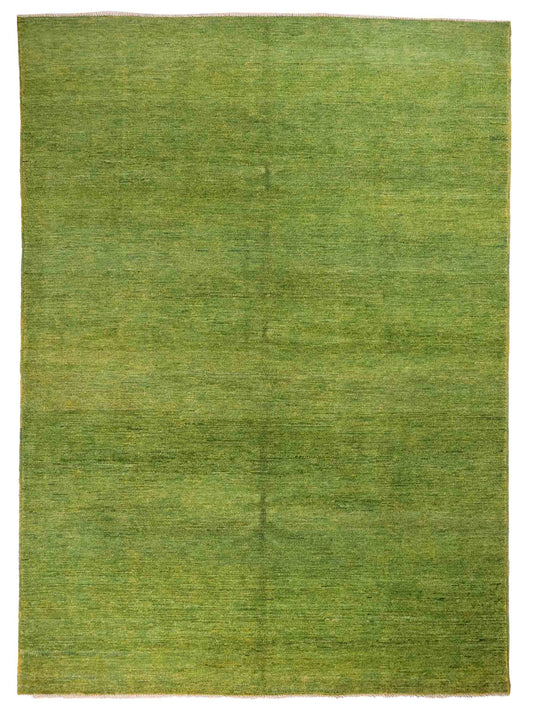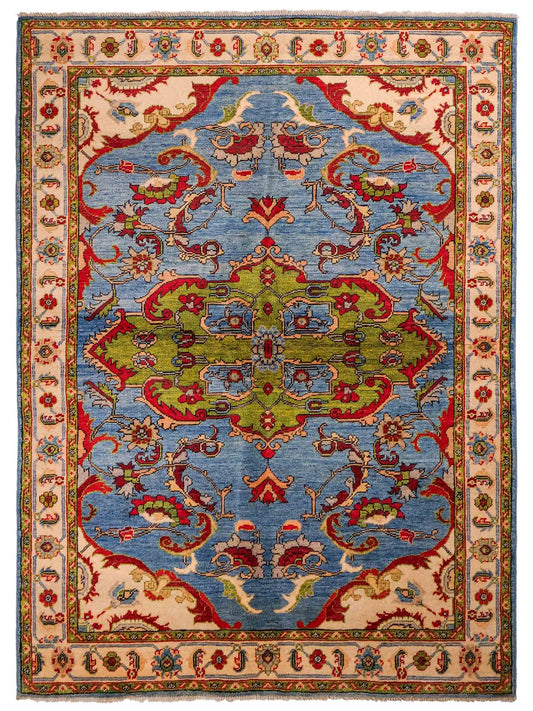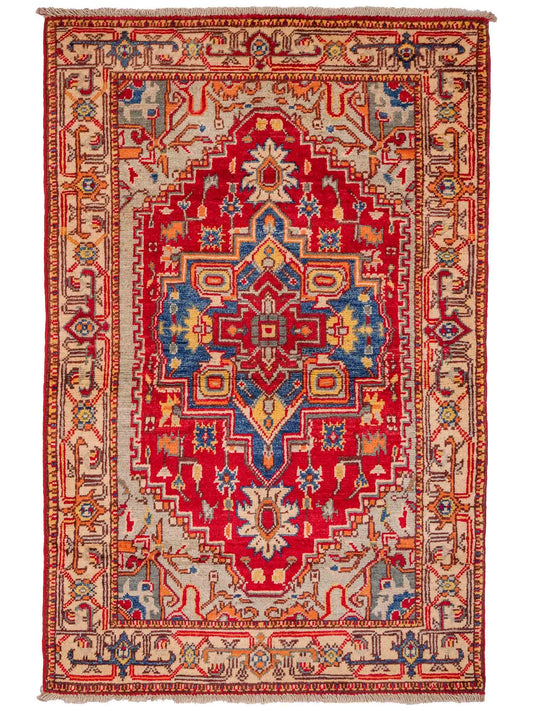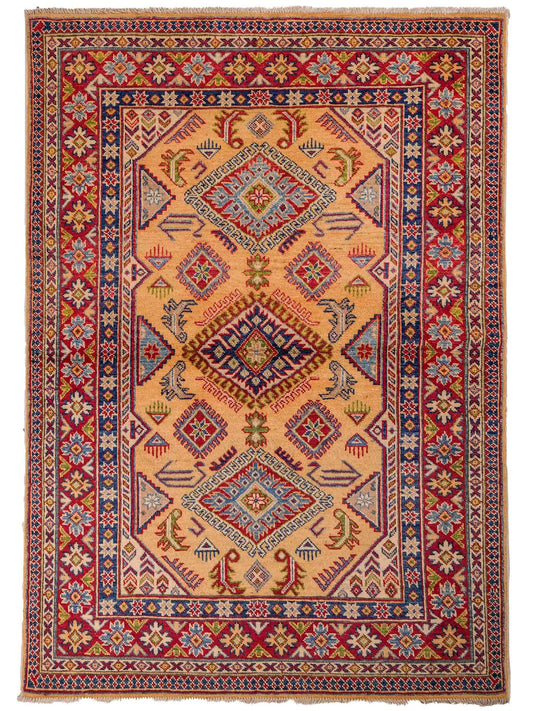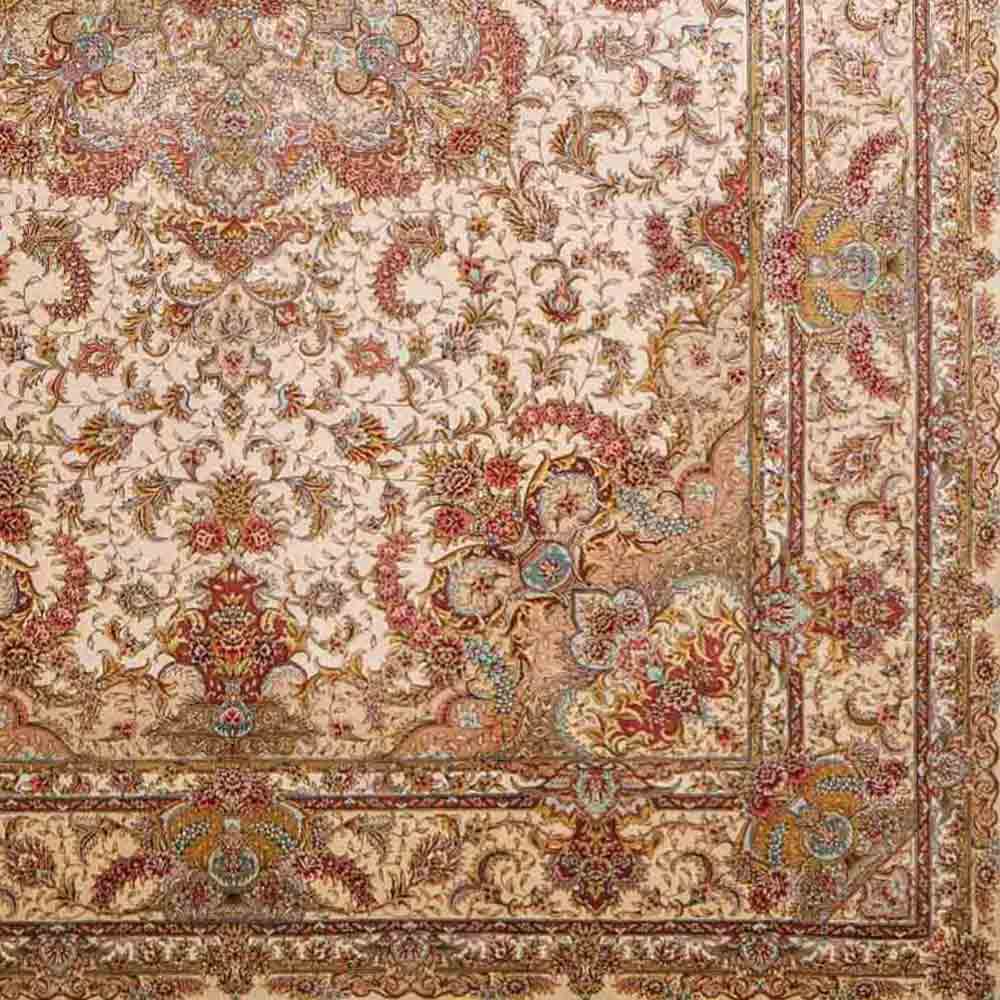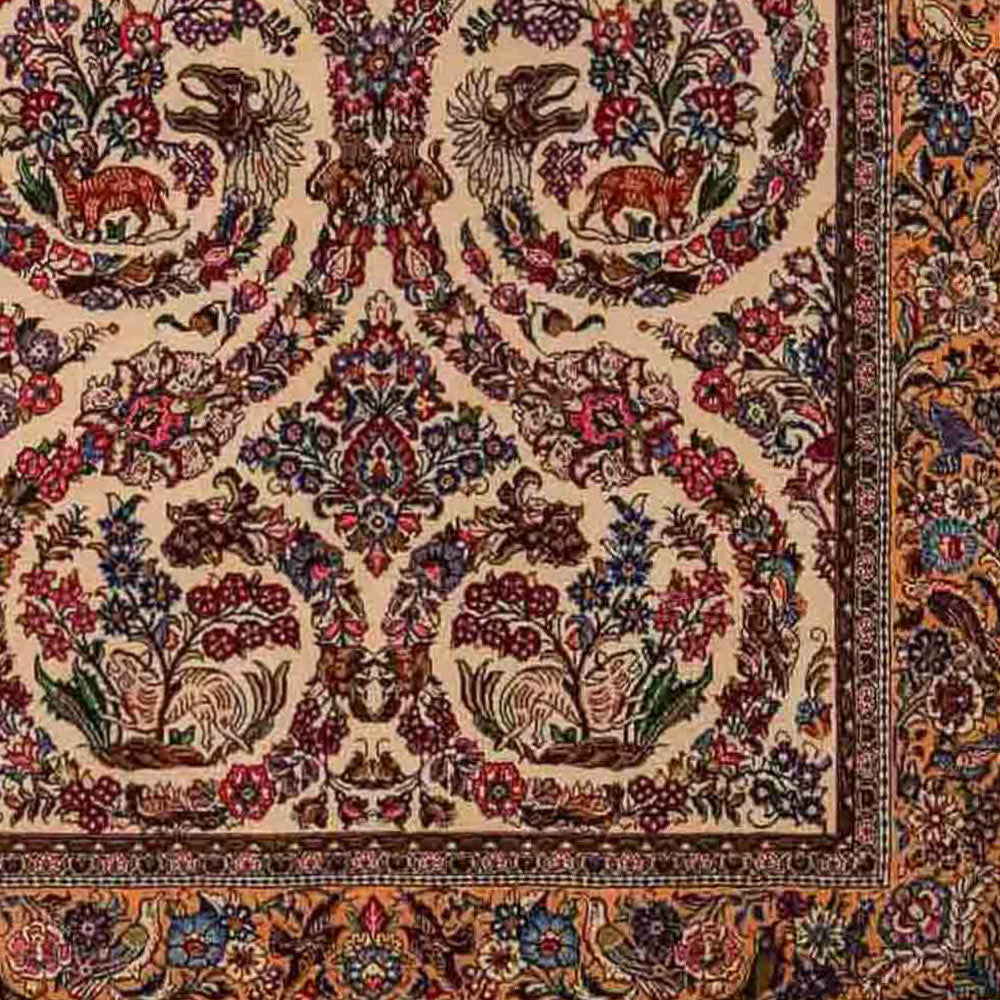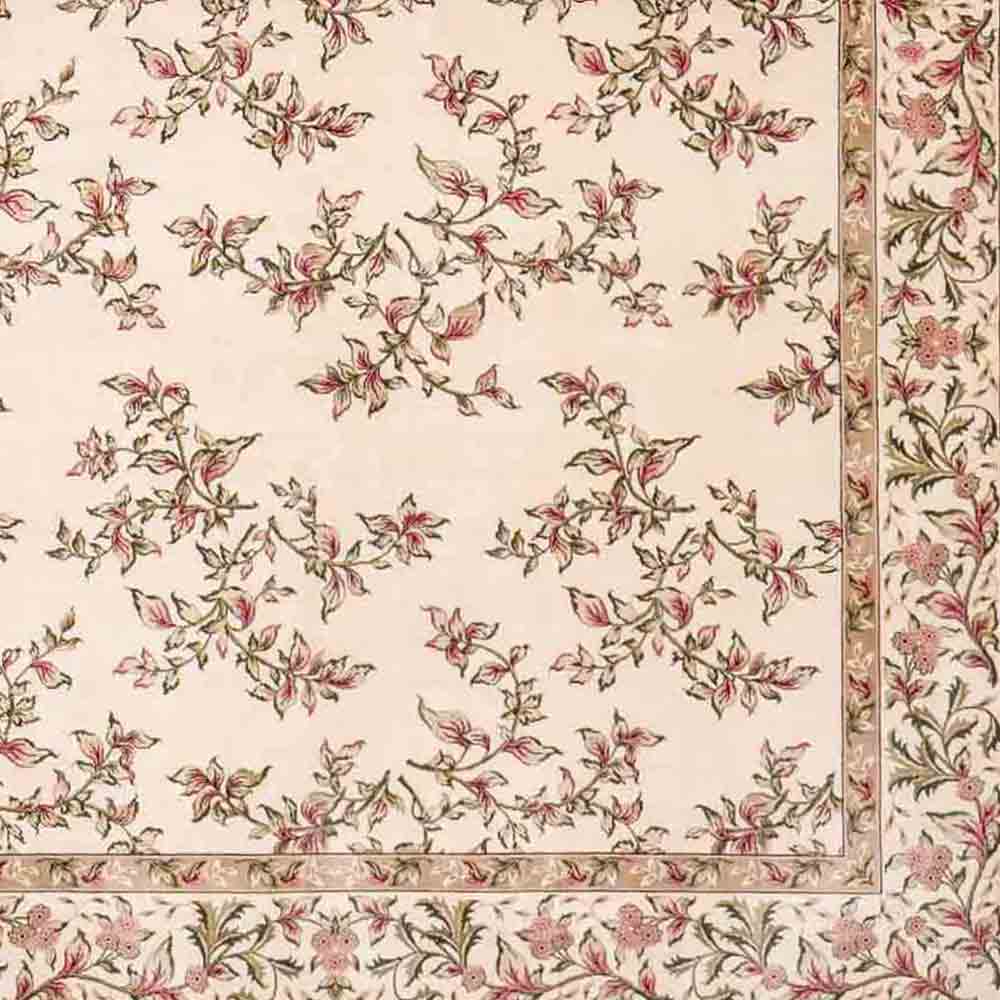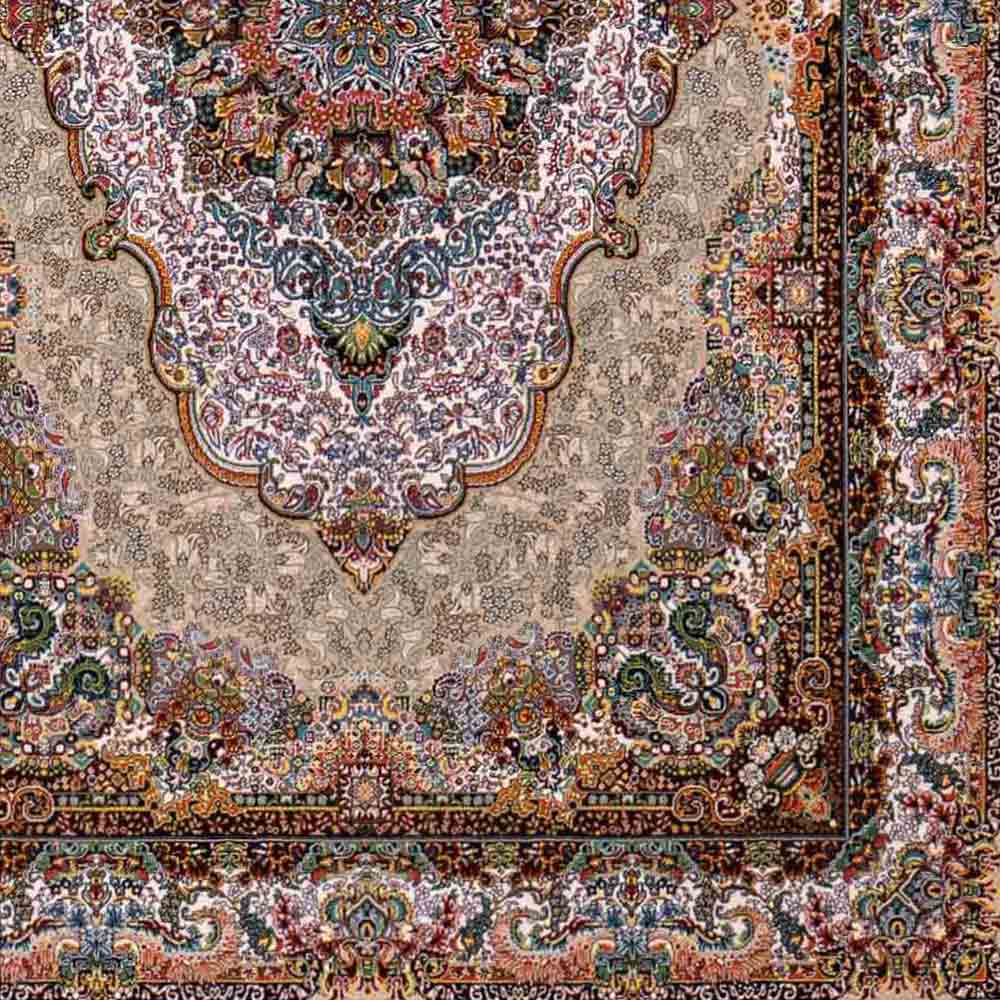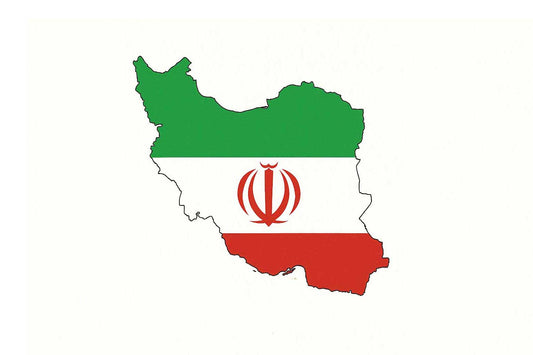
How Sustainable Are Hand-Knotted Rugs?
Daniel KhademiSustainability is becoming increasingly important in today’s textile industry. Hand-knotted rugs take center stage—not only for their exquisite craftsmanship, but also for the critical questions they raise regarding environmental and social responsibility. This guide covers everything you need to know about the sustainability of hand-knotted rugs—from materials and production methods to fair trade and eco-friendly practices.
What to Look for:
1. Materials and Raw Fibers
The foundation of any sustainable rug lies in its materials. Natural fibers like wool, cotton, or silk are especially valued. These are biodegradable and usually processed without harmful chemicals. Wool from certified sustainable husbandry stands out for its strong eco-balance and renewable nature—a real plus for the environmentally conscious. For more on rug fibers, see our Carpet Materials Blog.
2. Sustainable Production
Process Hand-knotted rugs are often created in small workshops or by artisans using traditional methods. This approach is typically more energy-efficient and produces a much lower carbon footprint than industrial mass production. At the same time, it helps preserve regional craftsmanship and supports local communities.
3. Fair Trade and Social Responsibility
Many producers now embrace fair working conditions and living wages. By choosing a fairly made hand-knotted rug, you not only support traditional crafts but also promote sustainable and social progress in producer countries. Look for trustworthy certifications and transparency throughout the supply chain. For more details and in-depth articles on our rugs’ origins, visit our Countries of Origin Blog.
4. Longevity and Quality
Hand-knotted rugs are renowned for their durability and quality. With proper care, they can last for decades—often becoming beloved family heirlooms. Unlike machine-made rugs, they rarely need to be replaced, which conserves resources and minimizes waste.
5. Environmental Factors: Dyes & Care
Although hand-knotted rugs are typically more sustainable than machine-made carpets, dyes and finishing also play a significant role. Manufacturers who use natural dyes and eco-friendly cleaning processes further contribute to environmental protection. Before purchasing, ask about the chemicals and methods used in production.
Checklist: How to Identify a Sustainable Hand-Knotted Rug
- Made from biodegradable natural fibers (wool, cotton, silk)
- Transparent origin and fair production conditions
- Crafted in workshops or by traditional artisans
- Longevity and premium quality
- Use of natural dyes and environmentally friendly care products
- Social responsibility (fair wages, community support)
FAQ: Sustainability and Hand-Knotted Rugs
Are hand-knotted rugs always sustainable?
► Not necessarily. Look for certified materials, fair labor conditions, and transparency in production.
Which materials are best for sustainability?
► Natural materials from verified, controlled sources—like wool, cotton, or silk—are the most sustainable choices.
How can I care for my rug sustainably?
► Use natural cleansers, have your rug cleaned professionally, and avoid harsh chemicals.
Summary
Hand-knotted rugs combine exclusivity with sustainability. They conserve resources, support fair labor, and elevate your home with timeless style.
Explore our collection of Hand-Knotted Rugs and discover quality, design, and social responsibility that truly inspire. For questions or personal consultation, we're happy to assist!
Learn more: Explore our other guides on topics such as Knot Density, Hand-Knotted Rug Value Retention, Design Classics, Countries of Origin, Care & Cleaning—and find your perfect rug today!

